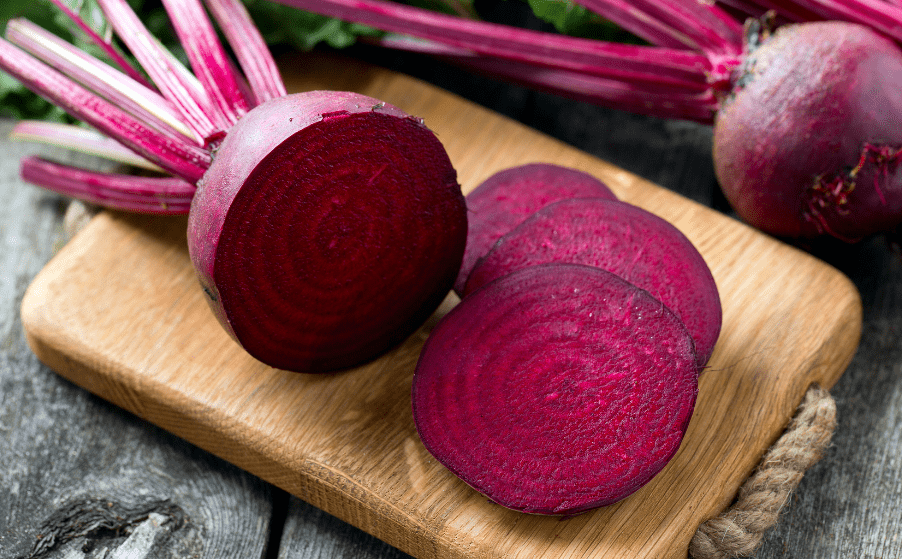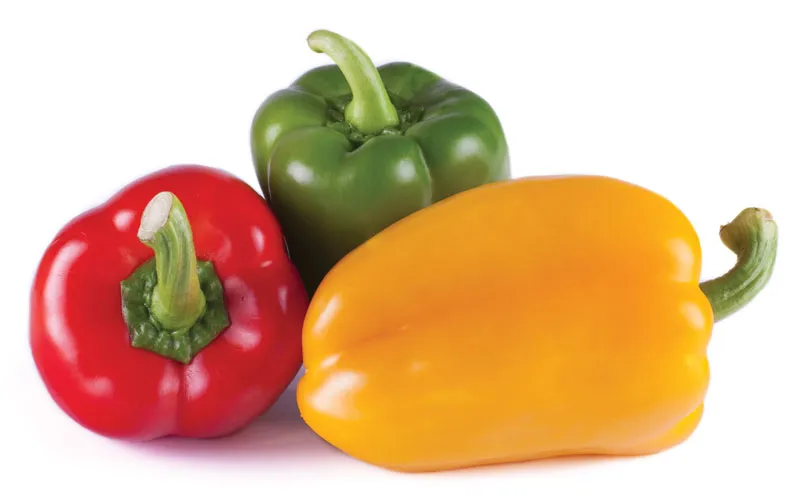
Fruits of the cucumber plant can range in length from 1 to 2 inches to over a foot. Round cucumbers are also available. The skin on the outside is often green or yellow and can be soft or rough. The majority of kinds have readily removed spines all around them. Seedless variety are parthenocarpic.
Varieties
With cucumbers, may experiment with different shapes, sizes, and colors to determine which variety thrive and look the best to you.
Marketmore: One of the most abundant, simple-to-grow cultivars
Lemon: a spherical, light yellow heirloom fruit that can be used as an edible serving bowl by scooping out the seeds.
Armenian (Cucumis melo): Crispy with thin skin that can be peeled or ridged.
English: Also known as hothouse; mild taste and thin skin; lengthy growing season

Uses
Despite having little nutritional value, cucumbers are a staple for salads and relishes because of their mild flavur. Pickling smaller fruits is common practice.
Nutrition
Cucumbers are mostly water, 4% carbs, 1% protein, and very little fat when they are raw and with the peel on. A reference serving of 100 g (3 12 ounces) has 65 kilojoules of food energy. It only contains a little amount of micronutrients, with vitamin K accounting for 16% of the Daily Value.
Cultivation
It is possible to cultivate cucumbers successfully in a variety of soils. The ideal soil is porous, well drained, rich in organic matter, and rich in plant nutrients. Work 4-6″ of finished compost or other humus to a depth of 10″ into soils devoid of organic matter. The pH of the soil should range from 6.0 to 6.5.
Table





